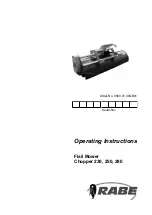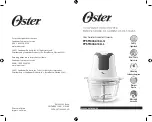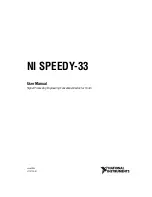
Functional Description
ARM DDI 0363G
Copyright © 2006-2011 ARM Limited. All rights reserved.
2-4
ID073015
Non-Confidential
Instruction and data caches
You can configure the processor to include separate instruction and data caches. The caches
have the following features:
•
Support for independent configuration of the instruction and data cache sizes between
4KB and 64KB.
•
Pseudo-random cache replacement policy.
•
8-word cache line length. Cache lines can be either write-back or write-through,
determined by MPU region.
•
Ability to disable each cache independently.
•
Streaming of sequential data from
LDM
and
LDRD
operations, and sequential instruction
fetches.
•
Critical word first filling of the cache on a cache miss.
•
Implementation of all the cache RAM blocks and the associated tag and valid RAM
blocks using standard ASIC RAM compilers.
•
Parity or ECC supported on local memories.
Memory Protection Unit
An optional MPU provides memory attributes for embedded control applications. You can
configure the MPU to have eight or twelve regions, each with a minimum resolution of 32 bytes.
MPU regions can overlap, and the highest numbered region has the highest priority.
The MPU checks for protection and memory attributes, and some of these can be passed to an
external L2 memory system.
For more information, see
TCM interfaces
There are two
Tightly-Coupled Memory
(TCM) interfaces that permit connection to
configurable blocks of TCM (ATCM and BTCM). These ensure high-speed access to code or
data. As an option, the BTCM can have two memory ports for increased bandwidth.
An ATCM typically holds interrupt or exception code that must be accessed at high speed,
without any potential delay resulting from a cache miss.
A BTCM typically holds a block of data for intensive processing, such as audio or video
processing.
The TCMs are external to the processor. This provides flexibility in optimizing the TCM
subsystem for performance, power, and RAM type. The
INITRAMA
and
INITRAMB
pins
enable booting from the ATCM or BTCM, respectively. Both the ATCM and BTCM support
wait states.
For more information, see
.
Error correction and detection
To increase the tolerance of the system to soft memory faults, you can configure the caches for
either:
•
parity generation and error correction/detection
















































